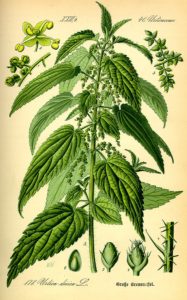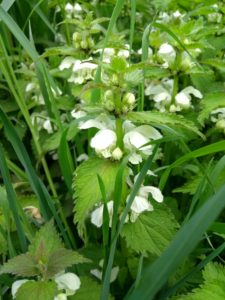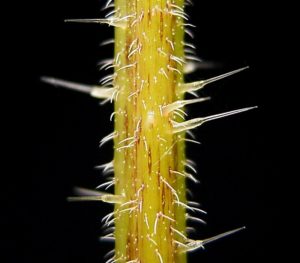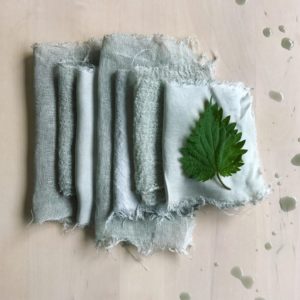What with the advent of better weather you are more likely to be coming into contact with Urtica dioica a.k.a. stinging nettles! Renowned for their painful sting, they are actually really cool plants that play an important role in local ecology. They are a larval food source for several species of butterflies and moths including the Peacock butterfly. They often grow in shady, wet wasteland with heavy metal content and have shown potential to be used in bioremediation strategies, removing the heavy metals from contaminated areas.

What are all these nettle like plants flowering at the moment?
So you may have recently noticed some nettle-like plants that appear to have white flowers. These are dead nettles and they usually flower from March-Dec. They’re actually in the mint family with only a superficial relationship between them and stinging nettles. If you don’t want to risk getting stung then they can also be picked, eaten and used in similar ways to true nettles.

Do dock leaves actually work?
Okay, so stinging nettles are great but they will hurt you. Contrary to popular opinion the sting is not a result of formic acid (like the sting of an ant) but is now thought to be the results of three chemicals. Firstly histamine, which all you hayfever sufferers will be familiar with, causes inflammation and this is coupled with the painful effects of serotonin and acetylcholine. You might recognise these last two as neurotransmitters, particularly serotonin which is often described at the “happy hormone”- not the case here unfortunately! It’s not yet known why the stinging sensation lasts so long though you might be able to get some relief using anti-histamine cream on the affected area. Sadly there is no evidence that the traditional treatment using dock leaves is anything other than a placebo.

The chemicals involved in stinging you are stored in the tiny hairs you see covering the plant stem and leaves. These are called trichomes and are used for specialized storage by many plants.

You said earlier that nettles could be eaten, how is this?
Despite their nasty sting you can actually eat nettles. They’re described as tasting like a cross between cucumber and spinach. You need to soak or boil them first to destroy the sting and then they’re best drained and pureed for use in soups, pestos etc. Make sure you pick them away from dog walking, livestock or roads! There is an old tale that nettle tea is good for the joints. Unfortunately there is no scientific evidence to back this up but it does taste pretty good anyway.
Other surprising nettle uses…
It may surprise you more to learn that nettles have been used since the bronze age to make textiles. In the same manner that flax can be made into linen, nettles are made into the alternative. Don’t worry- this textile wont sting you! Although it has long since dropped out of mainstream use, it is on the rise again with many small independent businesses looking to turn towards more sustainable textiles. If you’re not quite up for trying a nettle shirt yet you could also use them as a natural dye. With their high levels of carotenoids and chlorophyll the youngest leaves tend to result in a soft grey-green colour, with the older leaves tending more towards a yellow green.

